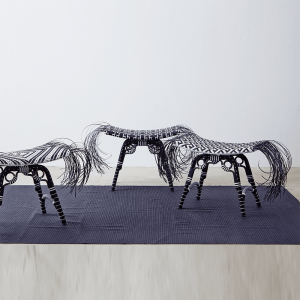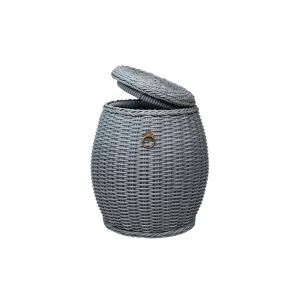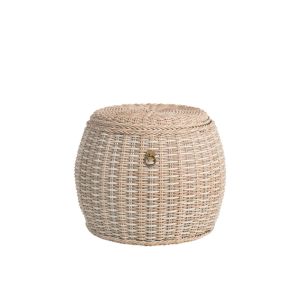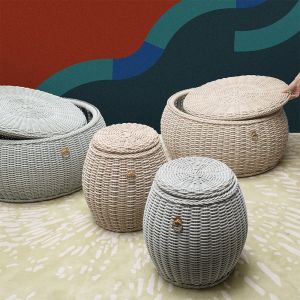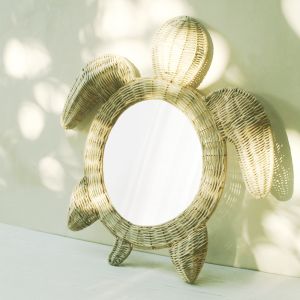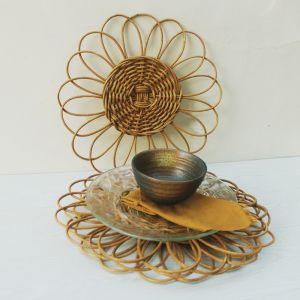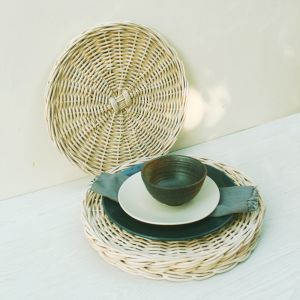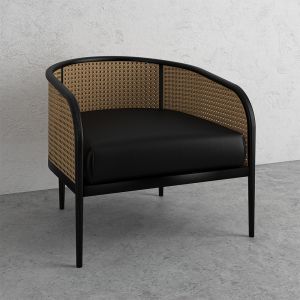Know Your Asian Craft: Rattan
Words by: Beverly Cheng and Tanya Singh
Asian aesthetics have become mainstream and it is common to see Buddha statues and batik cushions in many modern households. But there's much more to Asian decorative arts than meets the eye. In this series, we dive into different traditional crafts from Asia, examining their roots, histories, and stories – along with how they continue to evolve and define design today.
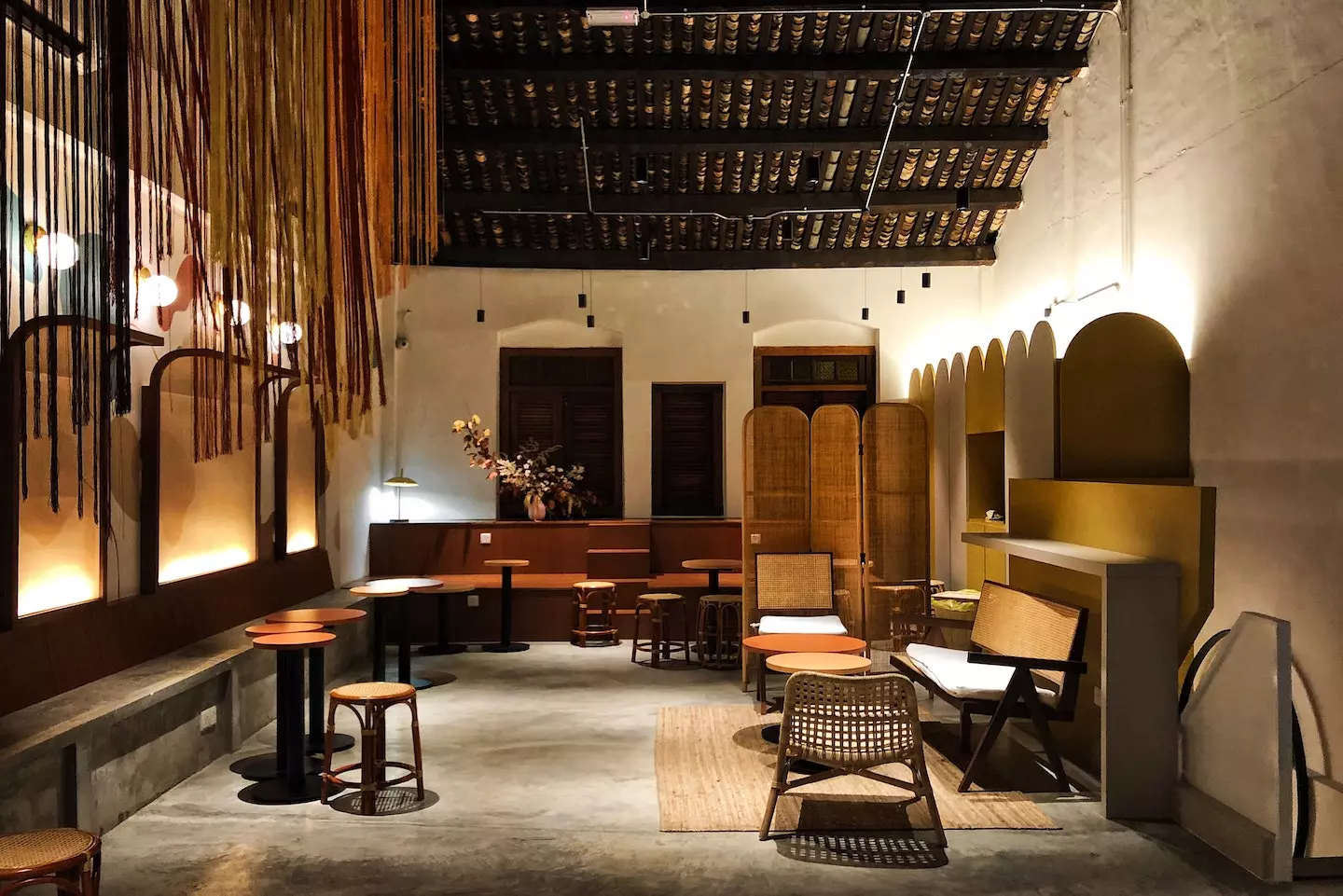
Wicker weaving is one of the oldest practices in existence, and traces of woven baskets can be found all around the world. Rattan is a material used for wicker weaving that is native to Asia, and believed to be named after the Malay word “rotan”. The vine-like plant grows in Southeast Asia, where it has been harvested, dried, treated, and used as a durable building material for centuries. The malleable outer bark is used for caning, while its harder, inner reed section is used to weave wicker furnishings. While it was first used for building homes due to its pliability and low cost, rattan became an increasingly popular material for furniture-making in Indonesia, Malaysia, and the Philippines.
Cane is the outer skin of the rattan stalk removed and dried to produce a long strip, sometimes 25 meter or more. The long pieces can be woven into a six-way cane pattern to provide a springy, supportive surface that can bear weight when properly secured to a wooden frame. It is also lightweight, and reduces the need for costly hardwood. Perfect for tropical climates, a woven cane surface is cool to the touch and makes a well-ventilated material that serves as an alternative to upholstery. The bark also bears a glossy sheen that makes it resistant to water.
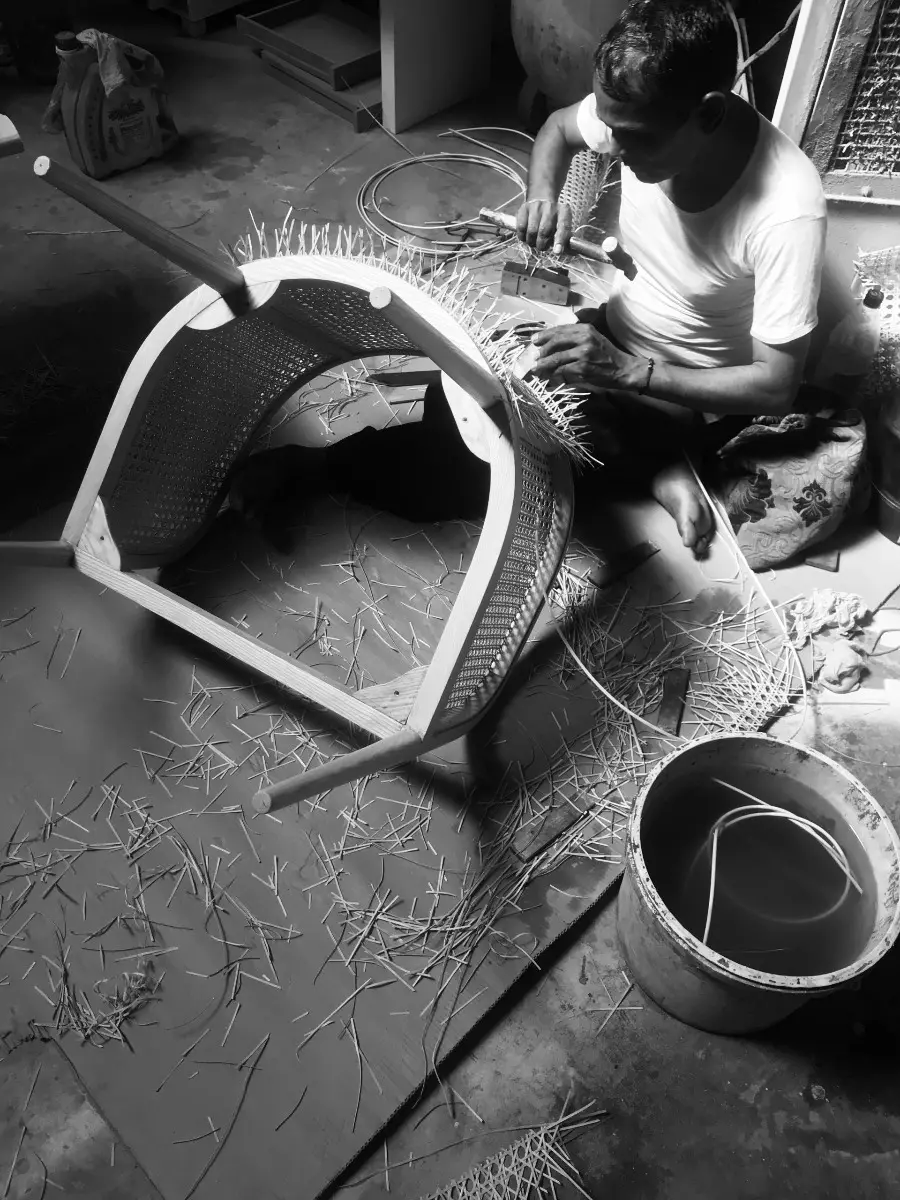
It is unclear where the classic six-way weaving technique came from, however, there were artifacts found at an archeological excavation site situated on the banks of China’s Yellow River dating back to as early as 250BC. The timeless woven cane pattern has stayed on, and is experiencing a recent revival in many bohemian style furnishings today. Basketry, including tiffins and platters were among the most common handicrafts in Southeast Asia, and later spread across the region with low-sitting chairs and tables, and lighting from Japan, as well as easily breathable rattan lounging pillows in Chinese opium dens during the Qing Dynasty.
Rattan furniture became widely popular across Western Europe in the 19th Century, especially with the Wiener Geflecht Chair that combines a classic Viennese ornately carved chair with the seat back in wicker wood panels. This was later followed by the Thonet Chair, which were exported from Vienna throughout the rest of Europe in the 1850s. The Peacock chair also appeared in Europe as early as the 19th century in Edwardian interiors. It is believed to be from the Philippines, where it continued to be made by forced prison workers for many decades later to satisfy the growing international market. Other notable cane chairs include the Cesca chair by Hungarian Bauhaus designer Marcel Breuer and the Office Cane Chair designed by Pierre Jeanneret, which became an icon of Mid-Century Modern design.
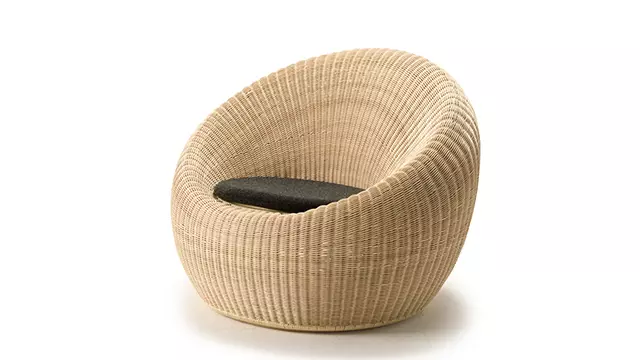
Asia also had its own iconic modern wicker chair—the C-3160 Armless Chair, initially designed by Japanese designer Isamu Kenmochi for the lounge of Hotel New Japan in 1960. Completely handwoven and braided around a rattan frame, the artisanal chair continues to be handmade by Yamakawa Rattan. The armchair was inducted into New York’s MoMA Permanent Collection in 1964 as a design representative of the 20th Century—a first for Japanese furniture at the time.
Today, most of the world’s cane material still comes from Asia from where the largest variety of the natural material grows. As part of the manufacturing process, the plants are mechanically manufactured into woven material in China, before being shipped to the rest of the world. Asian designers continue to reinterpret the intricate rattan craftsmanship from their ancestors in new and extraordinary ways, all the while working towards supporting communities of artisans across the region.
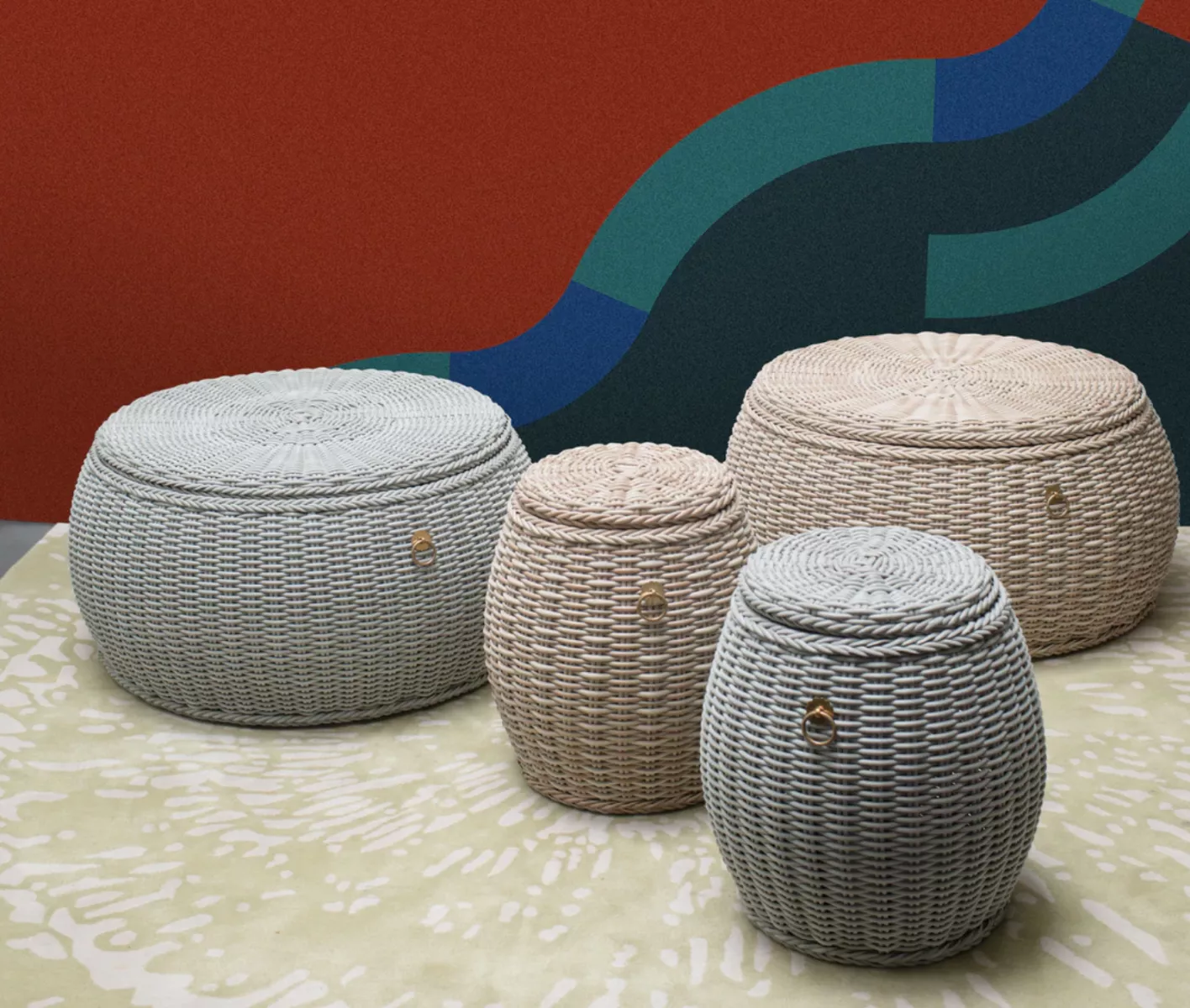
Singaporean brand, Scene Shang, brings Asian design heritage to life in their beautifully crafted Wicker & Weave collections. Each piece is handmade by artisans from the region using sustainable rattan along with other regional materials. The award-winning brand marries the 1930s Shanghai Art Deco aesthetic with modern day design sensibilities resulting in a trove of exquisite heirloom furniture and decorative fittings, each with its own story to tell.
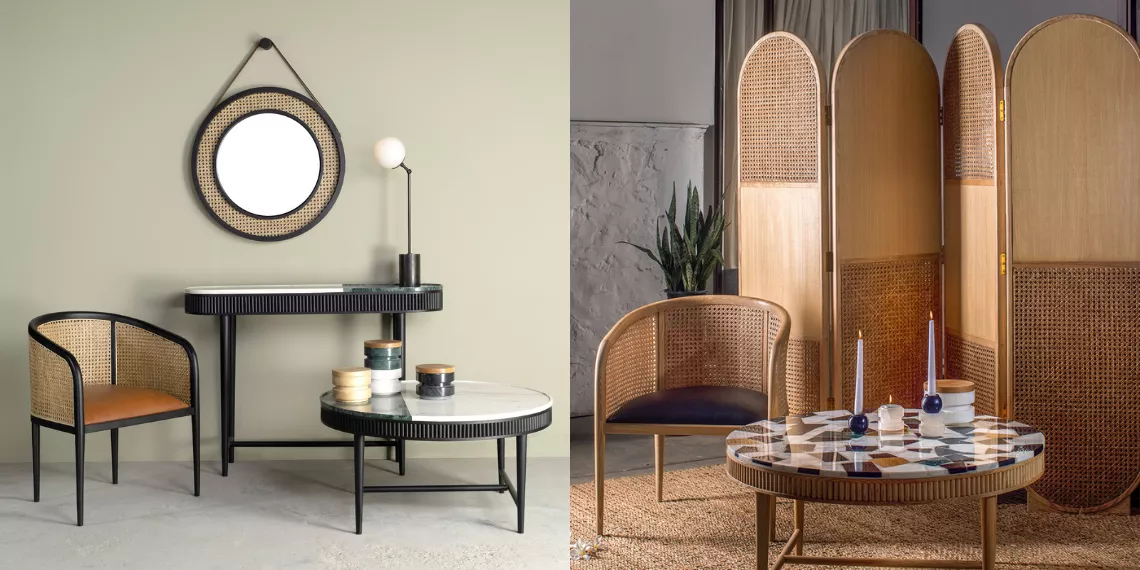
Kam Ce Kam, the contemporary furniture brand, makes use of rattan along with inspirations from the colonial era to create the perfect medley of the cultures of India and Britain. The furniture pieces incorporate age-old weaving techniques from their home country and come to life as modern works of art fit for the 21st century home. The brand is dedicated to bringing the potential of a homegrown industry and its skilled artisans to the surface. “It is our responsibility to uplift craftspeople in the development of consciously manufactured pieces, pairing it with honest materials and cutting-edge design,” says Kam Ce Kam founder, Jehanara Knowles.
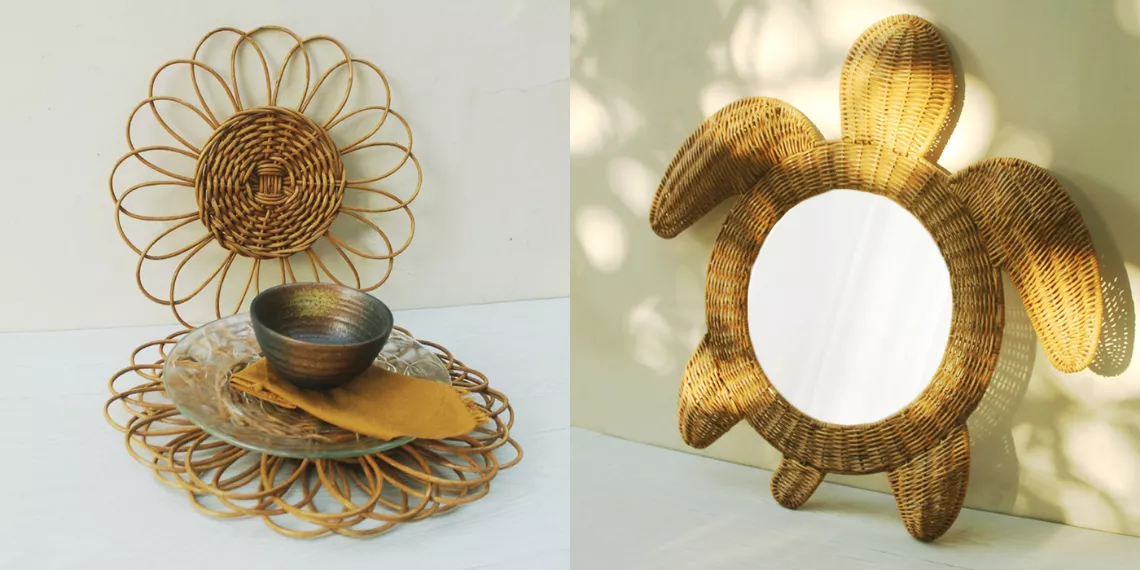
A support system cum design studio for artisans in the Philippines, PULO Home gave new life to an industry that was left devastated due to the pandemic. Producing high-quality home accessories, the company primarily works with female weavers assisting them with supplementary incomes for their families. The brand is also on a mission to promote conscious consumption with highly durable products that become an investment towards the environment.
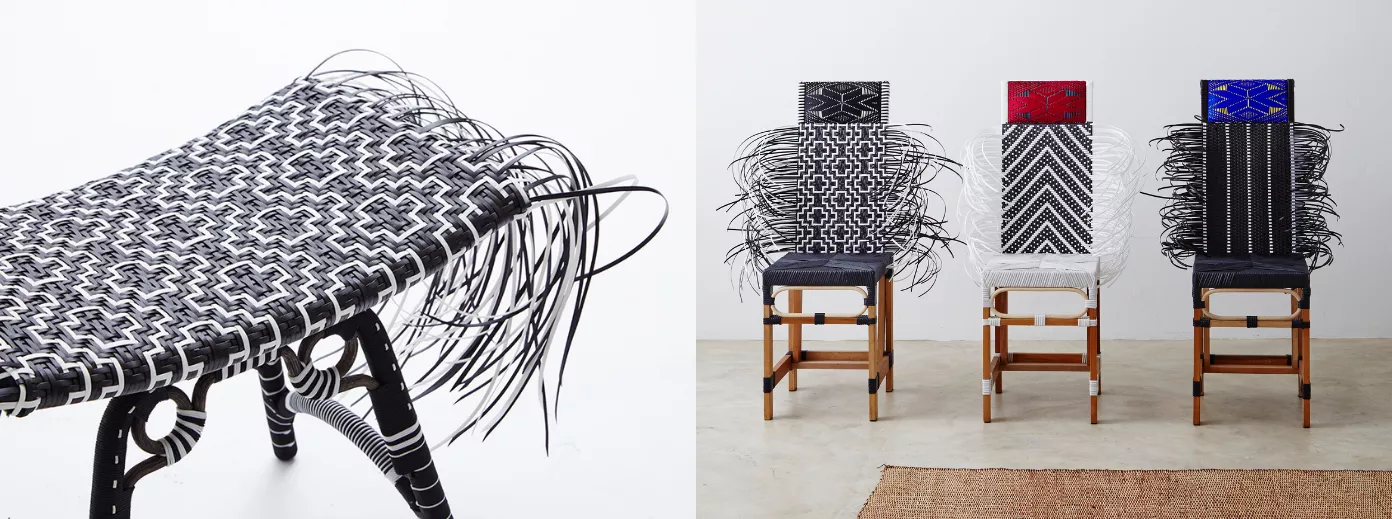
Other boutique brands, such as Kitt.Ta.Khon from Thailand, are reimagining how rattan can be woven into edgy, new forms. Their artistic collections offer bold new designs that take a tongue-and-cheek approach to crafting rattan furniture. Combining both age-old Thai hand craftsmanship and cool, youthful design, the young design team are reinventing the way we see woven furnishings for the modern age.
Rattan is here to stay. As a durable, weatherproof material that is lightweight and sustainable, it will continue to play a role in contemporary design from Asia and the world.

 HK$
HK$ SG$
SG$ US$
US$




